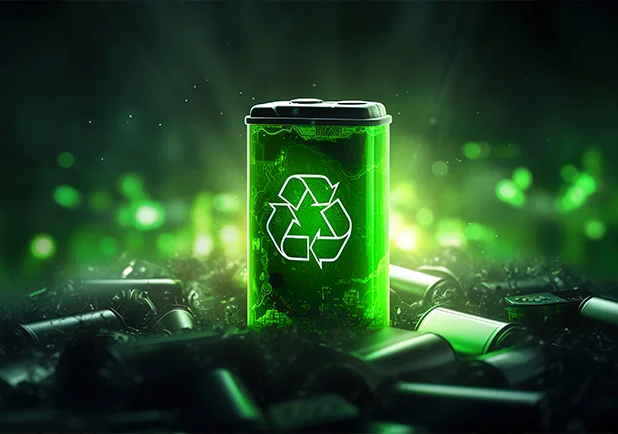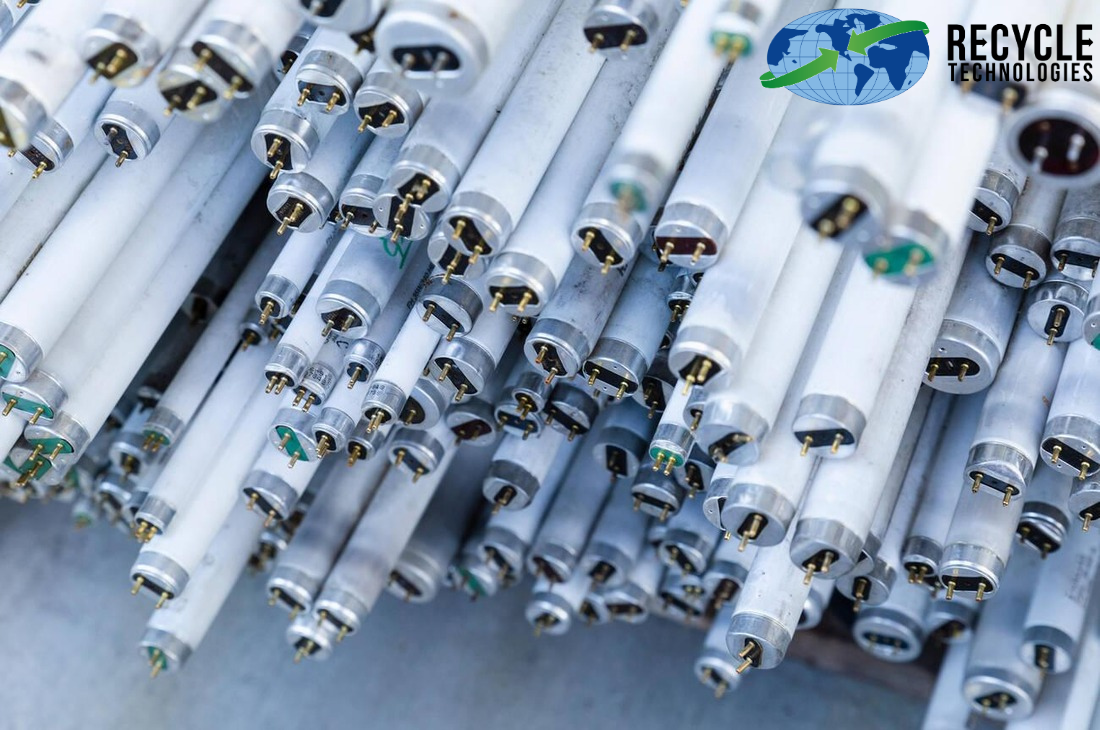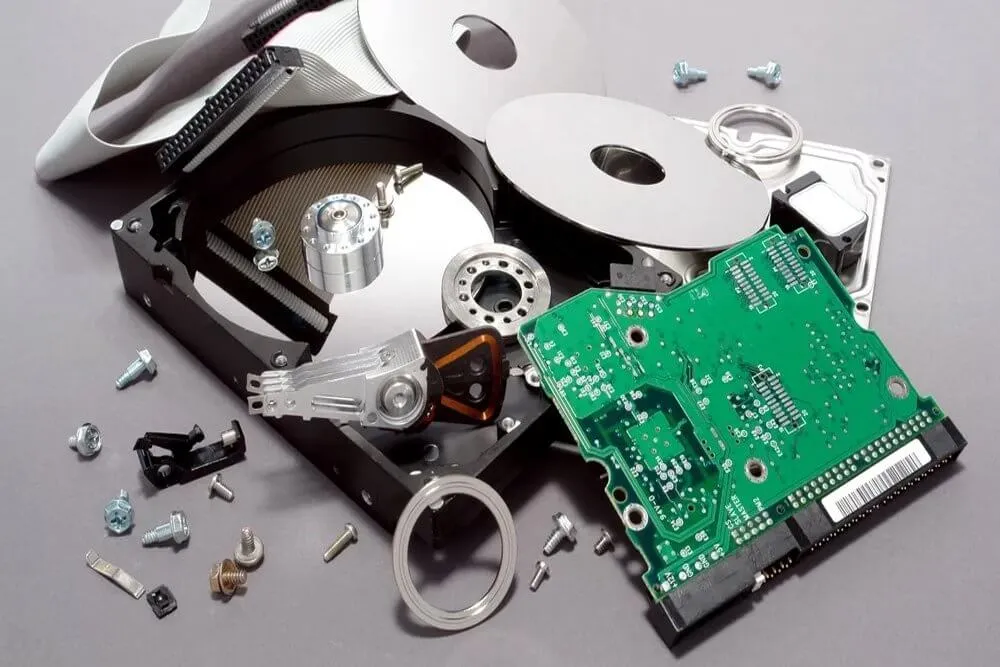Lithium batteries are present in everything. We bet all gadgets in your home contain lithium batteries in one form or another. Since these batteries are so diverse in their usage and so commonplace, the question is, can lithium batteries be recycled?
The simple answer is yes. Lithium batteries can indeed be recycled, we suggest they must be recycled. Since 2020, the consumption of lithium batteries has increased to new levels.
To combat climate change, we need to improve our reliance on lithium batteries to a new height and recycle them. Only then will we be able to reduce carbon emissions and greenhouse gases.
Before diving into the intricacies of the recycling process, let us first understand the basic structure of a lithium battery.
Understanding Lithium Batteries
Lithium batteries are a widely used type of battery which comes in various forms and sizes. Regardless of their design and size, they all work in a comparable manner. Like all batteries, they are made up of one or more cells, with each cell functioning as an independent unit to build charge.
Components of a Lithium Battery
A lithium battery is composed of several dissimilar parts, and it helps to understand the process of recycling once you have expertise about the individual parts of these batteries.
Anode
Both the anode and cathode in a lithium battery perform the same function i.e., store the lithium ions. But the anode releases these ions when the battery is functioning.
Cathode
While the cathode stores the lithium ions when the battery is operating, it releases them into the anode when the battery is recharging.
Seperator
It is a porous sheath that allows lithium ions to pass through and as the name suggests, its main purpose is to keep the anode and the cathode of the lithium battery separate. This is important to prevent short circuits.
Electrolyte
In standard lead-acid batteries, the battery is flooded with sulfuric acid which acts as an electrolyte and transports ions between the anode and cathode. Similarly, a lithium battery also contains an electrolyte for the same purpose in the form of a lithium salt. Most common lithium salts used as electrolytes are LiBF4, LiPF6, and LiClO4.
It must be noted that in lithium batteries the electrolyte is usually a liquid, but it can be a solid as well, for solid state lithium batteries.
Positive and Negative Charge Collectors
The purpose of positive and negative collectors is to gather electric current and deliver it to the external circuits. Each of these collectors is made up of different metals. Typically, the positive collector is made from aluminum and the negative collector from copper.
Overall, the components of a lithium battery are composed of numerous valuable metals like lithium, nickel, cobalt, manganese, copper, graphite, and aluminum.
Types of Lithium Batteries
Lithium batteries come in two main varieties: Primary lithium batteries and rechargeable lithium batteries.
Primary lithium batteries are composed solely of lithium metal. These are longer lasting than traditional alkaline batteries. These single-use batteries are mostly found in digital cameras. Keep in mind that these batteries are not rechargeable, hence they are a great alternative to your traditional AA batteries.
For primary lithium batteries, the moment they have completed their usefulness you should place a non-conductive tape around them and put them in a sealed plastic bag. Recycle technologies offer prepaid cardboard boxes that you can use to place your used batteries.
The second type of lithium battery is the rechargeable variety. Their use is limitless. For consumers, these batteries come in a variety of shapes and sizes. The most usual places these batteries are found are in cell phones, laptops, and portable devices. However, once they have outlasted themselves, they become a nuisance as it is hard to recycle them.
How Lithium Batteries Can Be Recycled
Once lithium batteries have reached their expiry and can no longer be used or reused, they are sent off for recycling. Because of the high reactivity of lithium, recycling these batteries is an intricate and longwinded task with a big focus on safety procedures during the recycling process.
Moreover, the process involves the use of a considerable amount of water and energy to complete, raising questions on the sustainability of lithium battery recycling.
While scientists continue to look for more energy efficient processes, the recycling process comprises the following steps.
Discharging
This is the first step in the recycling process. It is more of a safety precaution than a recycling procedure. During this step, the battery is fully discharged to minimize fire risk during the process.
Shredding
The second step involves disintegrating the battery into smaller pieces using large metal blades. From here onwards, the remaining quantity of the battery referred to as “black mass” is either melted or dissolved for the recovery of sought after metals.
Melting
This process is known as pyrometallurgy and involves heating the black mass at elevated temperatures to recover cobalt and nickel. Unfortunately, the melting process is only useful to extract the metals and cannot be used to recover lithium and other metals.
For this reason, the black mass is further treated through a variety of steps to make the most of the recycling process.
Dissolving
This stage is known as leaching or hydrometallurgy. To recover metals like cobalt, nickel, manganese, and lithium the black mass is leached in a liquid normally sulfuric acid, hydrochloric acid, or phosphoric acid.
Reprocessing
This is the last step in recycling lithium batteries and includes the reprocessing of the recovered materials into new batteries.
Challenges of Recycling Lithium-ion Batteries
The merits of recycling lithium batteries are many, still less than 5% of lithium batteries are currently recycled. This is because there are several challenges when it comes to recycling these batteries.
High Costs
The most significant obstacle to recycling lithium batteries is the sky-high costs associated with this process. Due to the high energy consumption during the process, the recycling expenditures surpass the cost of mining for the metals that are recovered while recycling lithium batteries.
Complicated Process
The process for recycling lithium is a complex one due to the high reactivity of this metal. To handle it safely, the process requires several complexities at each stage.
Advanced Technology
Since lithium-ion batteries are a recent innovation compared to the traditional lead-acid batteries, the systems to recycle them also have not been established. Due to this, the recycling of these batteries is limited till date.
Benefits of Recycling Lithium Batteries
Environmental specialists and electrical scientists have long been debating on the multitude of benefits that recycling of lithium batteries can bring forth.
There is a lengthy list of rewards that come with opting to recycle these batteries, we have rounded up the three most attractive benefits for the economy and the environment.
Cheaper Batteries
Manufacturing costs of lithium batteries can be cut down significantly if new batteries are produced using the metals recovered from recycled batteries. This can also reduce the costs of electronic vehicles and other equipment that house lithium batteries.
Preservation of Raw Materials
Reduced mining for the raw materials required to produce lithium batteries can contribute towards the preservation of metals like cobalt, nickel, lithium, and manganese, among others.
Environmental Sustainability
Apart from the economic benefits recycling old lithium batteries comes with the advantage of reduced e-waste in landfills. When batteries are dumped in landfills, metals leak out of their casing and can potentially contaminate the soil and groundwater.
Recycling of used lithium batteries means fewer batteries reach landfills causing fewer disruptions to the environment.
The Birth of The Circular Economy
At Recycle Technologies, we have two state-of-the-art recycling centers in New Berlin Waukesha and another in Blaine, Minnesota that can easily dispose of your lithium batteries.
We have been the pioneers of electronic recycling since 1993 and take pride in promoting recycling of electronic waste including lithium batteries. The only way we can make recycling necessary is to advocate its benefits to the masses. If manufacturers and businesses start to utilize recycling when they are developing new products, they can lessen their overall reliance on virgin resources.
Business companies are working hand in hand with Recycle technologies to help lessen the cost. When a company makes one million of their products, they need a recycling company to help them handle the waste. The company entrusted with recycling can draw reclaimed materials and give them back to the company. In this way, instead of ending up in a landfill, lithium batteries are recycled.
Hence, in a circular economy, recycling is key. All companies involved in this model can make profits infinitely alongside responsibility towards the environment.












